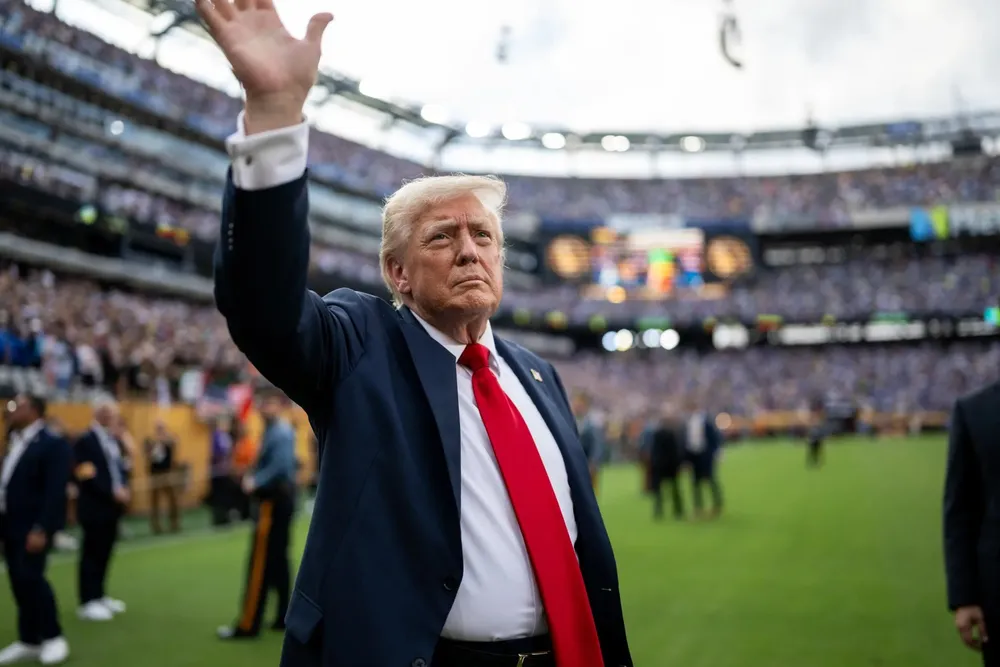Wind energy 'sprint' begins to beat Trump’s Chinese content concern
BNEF slashed its 2035 forecast by half as developers rush to start construction in bid for tax credits and beat President’s complications

US wind power is expected to ramp through year’s end as developers race to beat deadline for complying with complicated “foreign entities of concern” stipulations tightened by President Donald Trump, according to research consultancy BloombergNEF.
The law also includes myriad provisions aimed at stemming content and project ownership by ‘foreign entities of concern’ (FEOC) that could include Iran, Russia and North Korea but primarily China.
“While in principle it should not be difficult to source 40-45% of the value of a solar or wind plant from companies without strong links to China,” BNEF wrote, “the definitions around what proof is required could render the rule burdensome or impossible to meet.”
Credit deadlines
The BBB offers two interim deadlines for wind and solar projects to lock in tax credits. They can either start construction or spend 5% of Capex by 4 July, 2026, or if they miss that, be placed in service by 31 December, 2027.
Yet with his order Trump has muddied these waters as well by demanding that the Treasury Department issue “new and revised guidance” to ensure that “policies concerning the ‘beginning of construction’ are not circumvented,” according to his 7 July EO.
The consultancy now sees “only 30GW of additions expected through 2030”.
BNEF’s offshore wind forecast until 2030 remains unchanged at 5.9GW of total additions, the amount of capacity currently in construction.
All wind projects already in construction can access tax credits under the previous Inflation Reduction Act (IRA) rules.
It's not just wind feeling the pain, and the consultancy has slashed 118GW off the total clean energy buildout including solar and storage through 2030, a 23% overall decline.
Despite the plummet, the next two years should be busy in US clean energy deployment as the tightened tax credit rules frontload “the industry’s remaining growth into a two-year tax credit sprint”.
Starting construction as soon as possible may help developers “avoid any negative impact from other, yet-to-be issued rules from the US Treasury that could be designed at President Donald Trump’s behest to lock out solar and wind… from accessing the all-important tax credits,” BNEF said.
This will in turn result in a “thin post-2027 project pipeline, especially for residential solar and onshore wind”, BNEF added.
Trump order wildcard
The Trump EO is a substantial wildcard in BNEF’s forecast, and if the Treasury offers more lenient guidelines, wind installations could reach 37GW by 2030, a 22% uplift over its base case scenario, yet still below its earlier market outlook as the BBB phases out tax credits earlier than they had been under the IRA.
As the BBB currently stands, onshore wind projects have four years from start of construction to enter service (if they meet the earlier deadline), and offshore wind a decade.
If safe harbour timelines are halved, the consultancy sees a further 15% drop in installations, to total only 26GW.
Despite the now familiar drumbeat of doom and gloom, however, BNEF said it "expects the US clean energy market to remain resilient in the long term, underpinned by solid economics relative to other new-build bulk generation technologies like natural gas or nuclear power."
(Copyright)